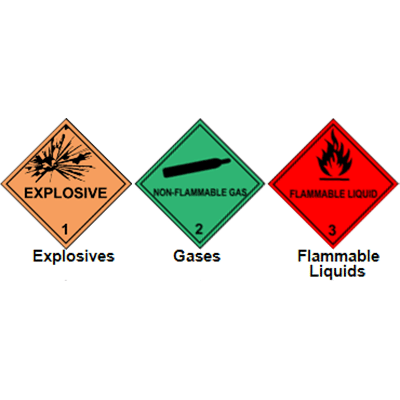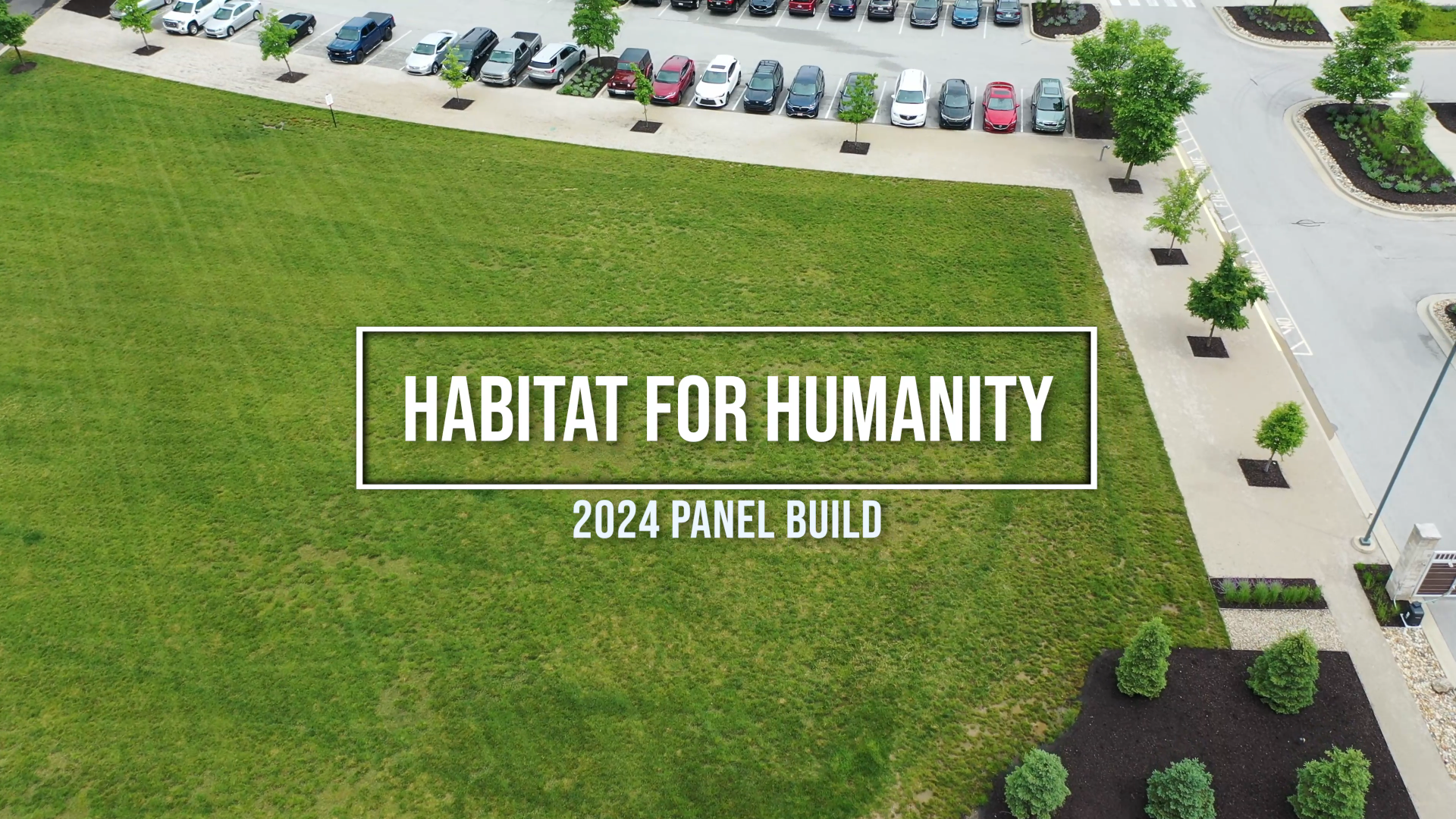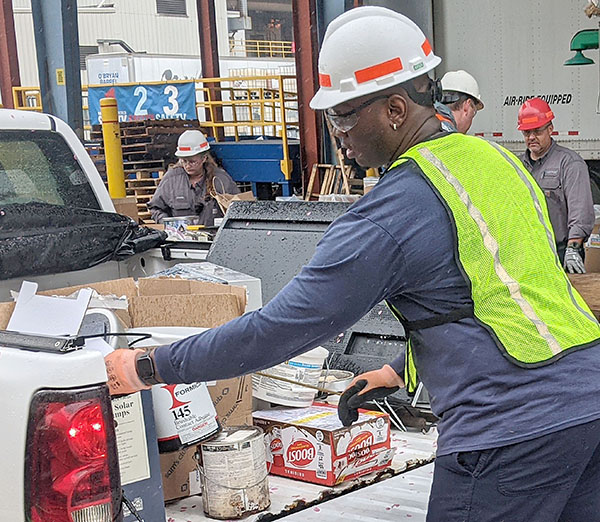
In our RCRA training programs, we provide information about the different hazard classes and their divisions, each division has a specific definition of what constitutes that type of material. A hazard class is the category of hazard assigned to a hazardous material under the definitional criteria of 49 CFR Part 173 and the provisions of the HMT at §172.101. A material may meet the defining criteria for more than one hazard class but is assigned to only one hazard class. The nine (9) hazard classes, numbered 1-9, are defined at 49 CFR Part 173. Of these nine classes, some are further broken down into divisions. For your reference, we will be defining these classes and divisions this week. Classes 1-3 are defined below, look for 4-8 on Thursday!
Class 1 – Explosives – Any substance, article, or device, which is designed to function by explosion, i.e., an extremely rapid release of gas and heat, or by chemical reaction within itself is able to function in a similar manner even if not designed to function by explosion, unless such substance or article is otherwise specifically classified.
- Division 1.1 – Consists of explosives that have a mass explosion hazard. A mass explosion is one which affects almost the entire load instantaneously. (Formerly Class A explosives prior to Jan. 1, 1991). Ref. 173.50(b)(1).
- Division 1.2 – Consists of explosives that have a projection hazard but not a mass explosion hazard. (Formerly Class A or Class B explosives). Ref. 173.50(b)(2).
- Division 1.3 – Consists of explosives that have a fire hazard and either a minor blast hazard or minor projection hazard or both, but not a mass explosion hazard. (Formerly Class B explosives). Ref. 173.50(b)(3).
- Division 1.4 – Consists of explosive devices that present a minor explosion hazard. No device in this division may contain more than 25 g (0.9 ounces) of a detonating material. (Formerly Class C explosives.) Ref. 173.50(b)(4).
- Division 1.5 – Consists of very insensitive explosives. This division comprises substances which have a mass explosion hazard but are so insensitive that there is very little probability of initiation or of transition from burning to detonation under normal conditions of transport. (Formerly Blasting Agents.) Ref. 173.50(b)(5).
- Division 1.6 – Consists of extremely insensitive articles which do not have a mass explosive hazard. This division comprises articles which contain only extremely insensitive detonating materials with negligible probability of accidental initiation or propagation. (No previous applicable hazard class.) Ref. 173.50(b)(6).
Class 2
- Division 2.1 – Flammable Gas – Material that is a gas at 20°C (68°F) or less and 101.3kPa (14.7 psi) of pressure or a material which has a boiling point of 20°C or less at 101.3 kPa, which is ignitable at 101.3 kPa of pressure when in a mixture of 13 percent or less by volume of air; or has a flammable range at 101.3 kPa with air of at least 12 percent regardless of the lower limit. Ref. 173.115(a).
- Division 2.2 – Non-flammable, non-poisonous compressed gas – including compressed gas, liquefied gas, pressurized cryogenic gas, and compressed gas in solution. Any material which exerts pressure of 280 kPa (41 psi) at 20°C and does not meet the definition of Division 2.1 or 2.3. Ref. 173.115(b).
- Division 2.3 – Poisonous Gas – A material which is a gas at 20°C or less and a pressure of 101.3 kPa and which is a material known to be toxic to humans or is presumed to be toxic to laboratory animals and therefore poses a hazard to health during transportation. Ref. 173.115(c).
Class 3
- Flammable Liquid – Any liquid having a flashpoint of not more than 60°C (140°F), with certain exceptions. Ref. 173.120(a).
- Combustible Liquid – Any liquid that has a flashpoint above 60°C (140°F) and below 93°C (200°F) and does not meet the definition of any other hazard class. Ref. 173.120(b).
More News From Heritage
-
6/27/24
Heritage Environmental Services to Acquire EBV from General Dynamics
Heritage Environmental Servicess, an EQT Infrastructure portfolio company, will acquire EBV from General Dynamics
-
6/13/24
Meet The Facilities – East Liverpool
An inside look at our incineration facility located in East Liverpool, OH
-
5/24/24
Habitat for Humanity 2024
Heritage hosted our 14th annual Habitat for Humanity build this month, partnering with over 50 employees from various THG companies.
-
5/6/24
Date set for the household hazardous waste collection in East Liverpool, Ohio
-
3/12/24
Equal Pay Day – Spotlighting Our Female Drivers
-
3/8/24
International Women’s Week Spotlight – Shannon Dippel
For International Women's Week, we're spotlighting some of the incredible women in the Heritage family. Our final spotlight is Shannon Dippel.
-
3/8/24
International Women’s Week Spotlight – Susan Adams
For International Women's Week, we're spotlighting some of the incredible women in the Heritage family. Our sixth spotlight is Susan Adams.
-
3/7/24
International Women’s Week Spotlight – Lea Wilson
For International Women's Week, we're spotlighting some of the incredible women in the Heritage family. Our fifth spotlight is Lea Wilson








